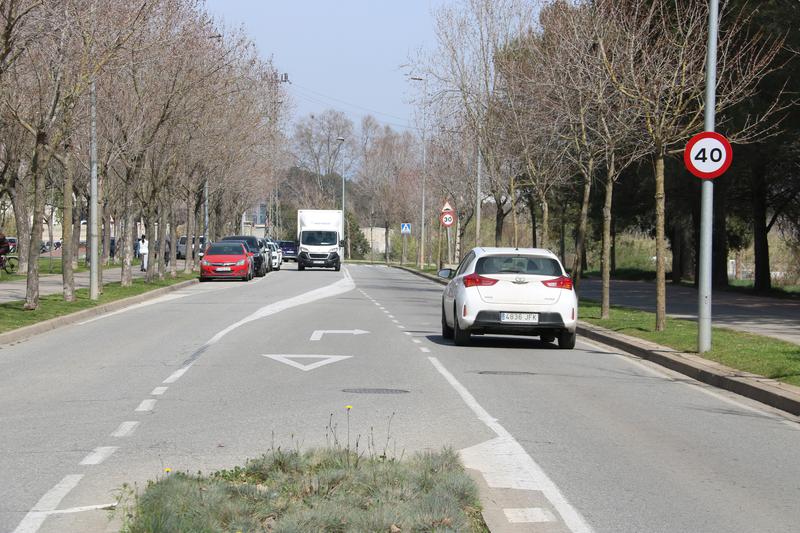NO2 emission limit not exceeded in Catalonia in 2023
Catalan government to launch new plan for air quality for cities of more than 20,000 inhabitants

The maximum limit for nitrogen dioxide, NO2, of which 60% comes from car emissions, was not exceeded in Catalonia in 2023, according to the Ministry for Climate Action.
The biggest improvement has been seen in the city centers, where measures have been taken in recent years to improve mobility and reduce the circulation of cars, according to the data.
The 2023 data average shows a clear drop in levels of No2 compared to those of 2022. Furthermore, they are close to or, in some cases, lower than the years during the COVID-19 pandemic, which saw record-low numbers of emissions.
Specifically, a whopping 98% of the XCPCA measuring stations (Xarxa de Vigilància i Previsió de la Contaminació Atmosfèrica), managed by the ministry show that the pollution figures have continued a downward trend and are lower than those measured in the period 2015-2019.
A new 2027 plan
The political measures taken in recent years to encourage updated cars and reduce traffic, such as the creation of Low Emission Zones (ZBE), are paying off, according to the ministry.
In anticipation of the new and stricter EU regulations on pollution, the ministry has drawn up a new plan to improve the air quality, which is in its final administrative phase before being put into law.
The new document includes the regulations of ZBE in towns and cities with more than 20,000 inhabitants and is the result of a commitment made in 2022 during the Third Summit of Air Quality when it was decided that the Catalan parliament would be the body that would implement the measures.